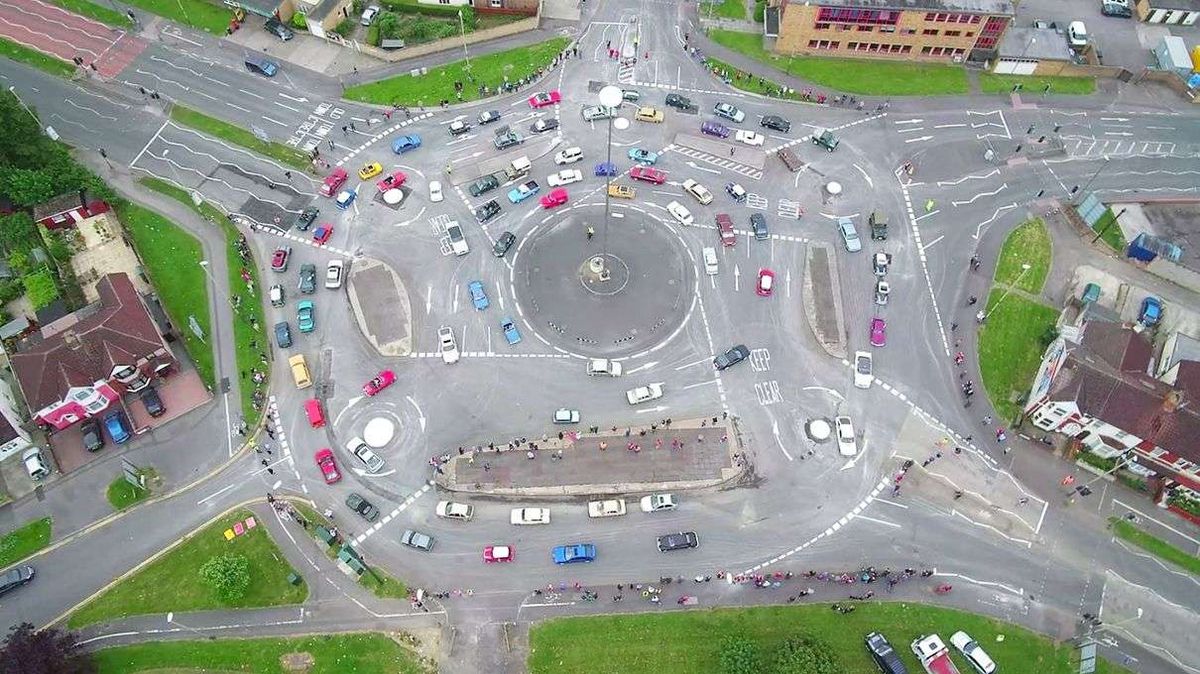Onder
VIP MEMBER
- Joined
- May 11, 2010
- Messages
- 4,276
Funny how so many people just ignore mini roundabouts. You really have to pay attention more to the drivers than the roundabout. I can see the minis within the big roundabout and can just imagine drivers short circuiting...brake screech, load noise, irate drivers....

